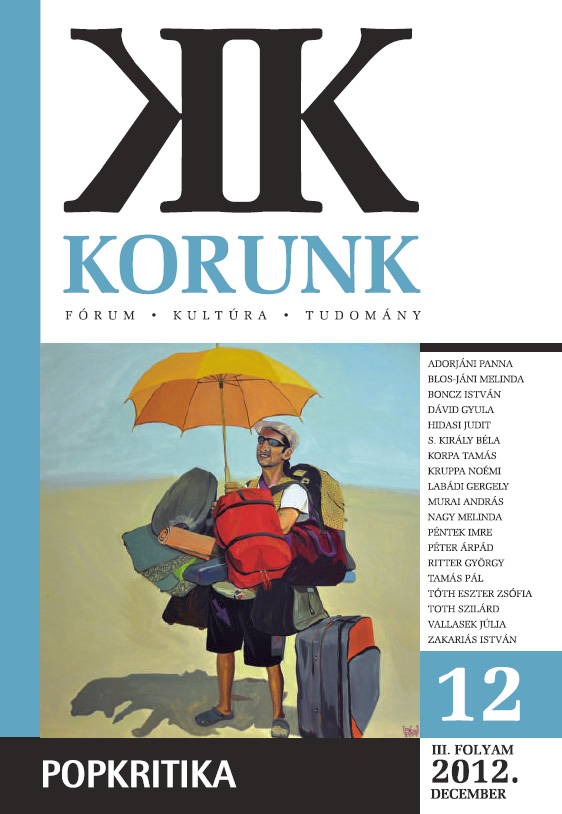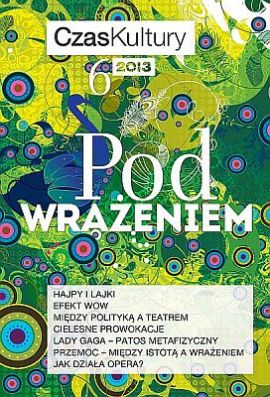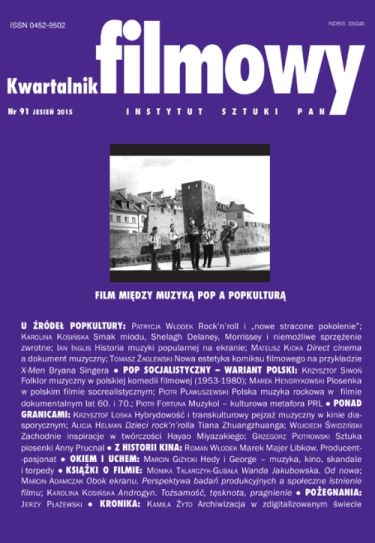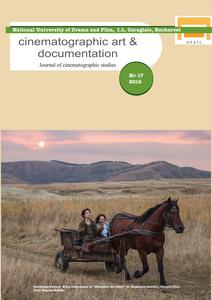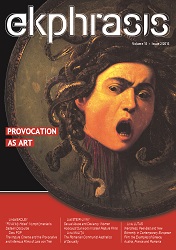
“Fill All My Holes”: Nymph()maniac’s Sadean Discourse
Lars von Trier’s exploration of pornography as a cinematic language Nymph()maniac (2013, 2014) culminates his long-term fascination with the Marquis de Sade. This paper argues that, as in Sade, the film’s real provocation lies not in eroticism but in its discourse of excess, its desire or compulsion “to say everything.” A Gargantuan hybrid, a cross between cinema, novel, encyclopedia, and treatise, the film resembles anatomy, a genre favored by Sade’s greatest (and lengthiest) hits, as the heroine’s narrative/libidinal drive is matched by the abstruse digressions of her interlocutor. In Volume I, the body is dissected and reduced to its anatomical and functional materiality; Volume II, however, shifts to overt sadomasochism staged as melodrama whose affect is as typical of von Trier as it is different from Sade, bewildering, disturbing, and/or enraging even the most favorably disposed audiences.
More...
